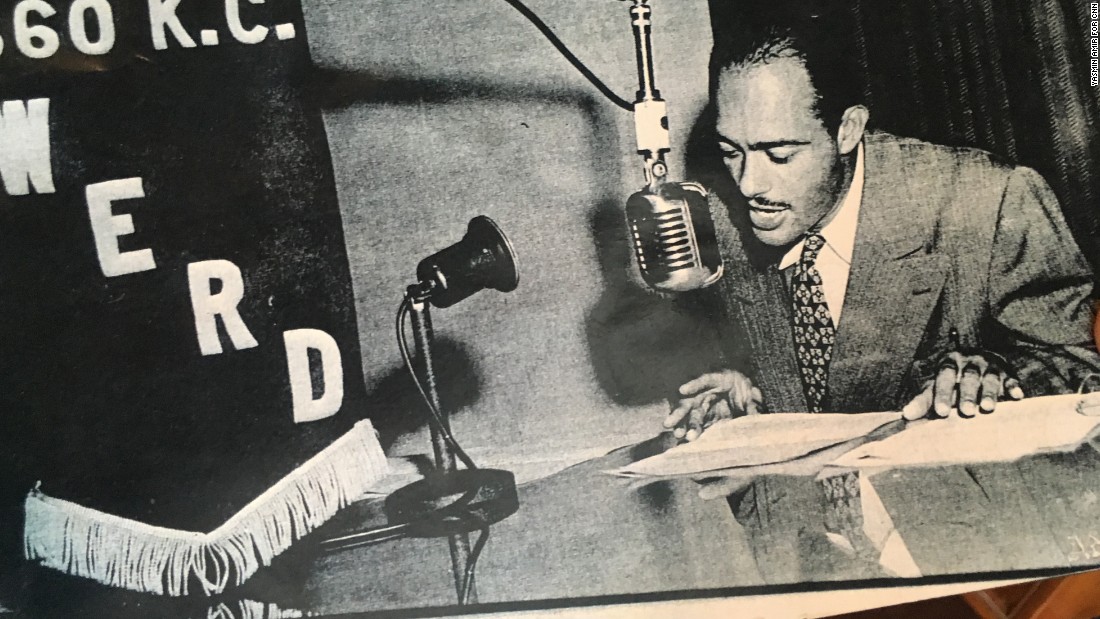History of Black Radio

Black Radio: Telling It Like It Was, was hosted by Lou Rawls and produced for Radio Smithsonian in 1996, by Jacquie Gales Webb, with associate producers Sonja Williams and Lex Gillespie. Our production manager was John Tyler. John Paulson and Matthew Sakakeeny, post-production engineers; our EP was Wesley Horner. Research by Universal Media. Original Music by David Ylva Sacher. Promo
Hour 1: "In the Beginning" and "Pride and Enlightenment"
The series opens by traveling to the 1920s to hear how Black Americans fought for
space on radio airwaves. Then, we hear about programs in the 1940s that dramatized
issues and concerns in the Black community.
Hour 2: "Jack Cooper & Al Beson" and "WDIA, The Goodwill Station"
Jack Cooper's popular program in Chicago debuted in 1929; he helped pioneer the DJ
format and was the first to air news and sports coverage for Black audiences. Al Benson
came to Chicago from Mississippi in the '30s, and gave voice to the culture of the
street. In the second part of the hour, we head to Memphis, Tennessee, where WDIA's
earliest announcers included B.B. King. WDIA was the first station to have all-Black
on-air talent.
Hour 3: "Rappers & Rhymers" and "Sounding Black"
From the 1940s onward, legendary Black deejays created unique, ear-catching styles
Hour 4: "A Woman's Touch" and "In Control"
Women -- both on and off the air -- have had substantial roles in the development
and power of Black radio, including African American station ownership.
Hour 5: "Civil Rights" and "Let's Have Church"
In the fifties and sixties, Black DJs did more than play music -- they were among
the first messengers of the civil rights movement. In the second half of the hour,
we hear about the importance of religious broadcasting to the Black community.
Hour 6: "Music" and "More Music and Less Talk"
In the first half of the hour, we hear how African American musicians found more acceptance
as major record companies recognized the crossover appeal of Black music. In the second
half of the hour, we hear about how AM radio lost its popularity to FM and how big
personalities survived and prospered.